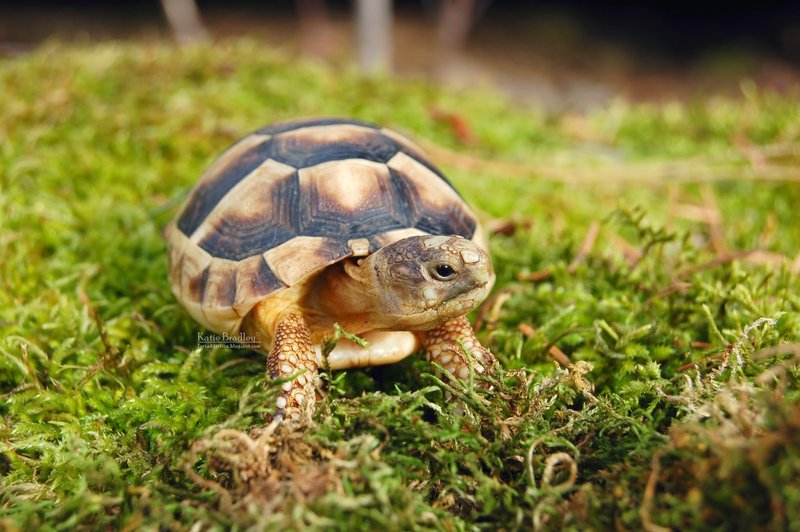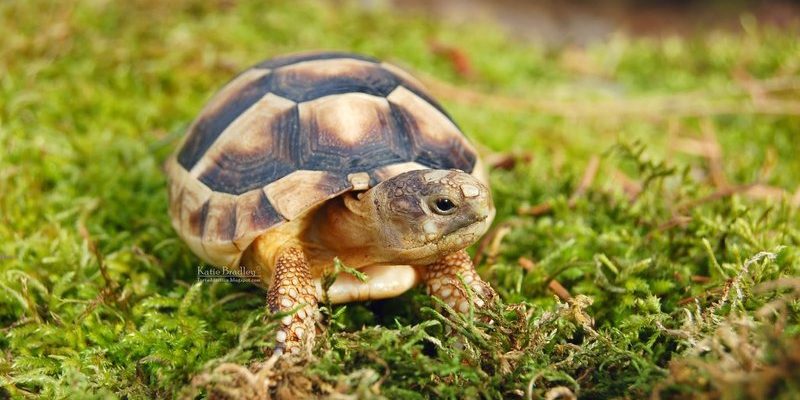
The Marginated Tortoise, native to the Mediterranean region, is often recognized for its striking yellow and black shell patterns. Imagine a beautiful piece of art that lives for years! Caring for one isn’t just about enjoying their beauty; it’s also about learning to meet their specific needs. So, if you’re wondering whether this tortoise is the right pet for you, grab your coffee, and let’s dig into the details!
What Makes the Marginated Tortoise Unique?
The Marginated Tortoise stands out for several reasons, but let’s start with its appearance. This tortoise typically grows to a size of about 10 to 16 inches, making it a manageable pet for most homes. Their shells are elongated and feature unique, high domes with striking patterns that not only look great but also provide them protection from predators.
But it’s not just about the looks. These tortoises are known for their calm demeanor. Unlike some pets that require constant attention and energy, the Marginated Tortoise is content to lounge in the sun or slowly meander around its enclosure. This easygoing nature can make them a great option for families or individuals who might not have the time for a more high-maintenance pet.
Let’s not forget about their longevity. Marginated Tortoises can live for over 50 years with proper care. So, if you’re looking for a companion that will stick around for the long haul, this tortoise might just be your perfect match!
Basic Care Requirements
Now, you might be thinking, “What do I need to take care of a Marginated Tortoise?” Honestly, it’s not as complex as you might think! First off, they need a spacious habitat. A large tortoise table or an outdoor pen is ideal, as they like to roam and explore. Think of it like giving them their own little kingdom!
Their diet is another key factor. Marginated Tortoises thrive on a diet rich in fiber and low in protein. Greens, weeds, and some fruits can be on the menu, but avoid anything too sugary or fatty. Here’s a quick rundown of what you can feed them:
- Dark leafy greens (e.g., kale, collard greens)
- Weeds (e.g., dandelion leaves)
- Vegetables (like bell peppers or zucchini)
Another critical aspect is temperature and humidity. They prefer warm and dry environments, so a heat lamp and appropriate substrate are essential. It might feel a bit like setting up a mini desert, but trust me, they’ll thank you for it!
Health Considerations
When it comes to keeping your tortoise healthy, prevention is key. Regular check-ups with a veterinarian who specializes in reptiles can help catch any potential issues before they become serious. Signs of illness in tortoises can be subtle, so look out for changes in appetite or behavior.
Here’s a quick checklist for keeping your Marginated Tortoise healthy:
- Provide fresh food and water daily.
- Maintain proper humidity and temperature.
- Monitor for signs of illness.
- Ensure they have plenty of space to roam.
Remember, just like any animal, they rely on you to keep them safe and healthy. It’s a responsibility, but one that can be incredibly rewarding.
Socializing and Interaction
You might be wondering how much interaction a Marginated Tortoise actually needs. They aren’t exactly like dogs that crave attention and playtime. However, they still enjoy gentle handling and interaction. Spending some time with your tortoise outside of its habitat can help create a bond.
Keep in mind that some tortoises can be shy, especially if they haven’t been handled much. Patience is key here. You can gradually get them used to your presence. Just imagine being in their shell—you’d want to take your time getting comfortable too!
One fun way to engage is by creating a safe, outdoor space for them to explore. Seeing them wander around and munching on grass is truly heartwarming. Just remember to supervise them to keep them safe from any lurking dangers.
Common Mistakes to Avoid
Even though Marginated Tortoises are relatively low-maintenance, beginners can still make some common mistakes. One of the biggest is improper housing. These tortoises need plenty of space and the right environment to thrive. Don’t think a small cage will suffice; they need room to stretch their legs and explore.
Another mistake is overfeeding. It’s easy to be tempted by their adorable faces, but a proper diet is crucial for their health. Focus on offering the right types of food in appropriate amounts. Remember, it’s not just about filling their bellies!
Also, don’t forget about UVB lighting. These tortoises need UVB rays to metabolize calcium and maintain strong shells. A good UVB bulb can make all the difference in keeping them healthy.
Are there Alternatives?
You might think, “What if the Marginated Tortoise isn’t the right fit for me?” While they are a fantastic choice for beginners, there are other tortoise species worth considering. The Russian Tortoise is another good beginner option due to its similar care needs and cheerful disposition.
If you’re looking for something smaller, the Box Turtle is another species that some beginners enjoy. They have slightly different care requirements, so make sure to do your research.
Each species comes with its own quirks and personalities, so take your time to find the right match for you and your lifestyle.
Final Thoughts
So, is the Marginated Tortoise a good pet for beginners? Absolutely! With their manageable care requirements, long lifespan, and unique personalities, they can make excellent companions. Just remember, owning a tortoise is a long-term commitment that requires both time and effort.
By understanding their needs and giving them the proper care, you’ll find joy in watching your tortoise thrive in its little world. And who knows? This slow-paced creature might just teach you a thing or two about patience and enjoying the little things in life.

